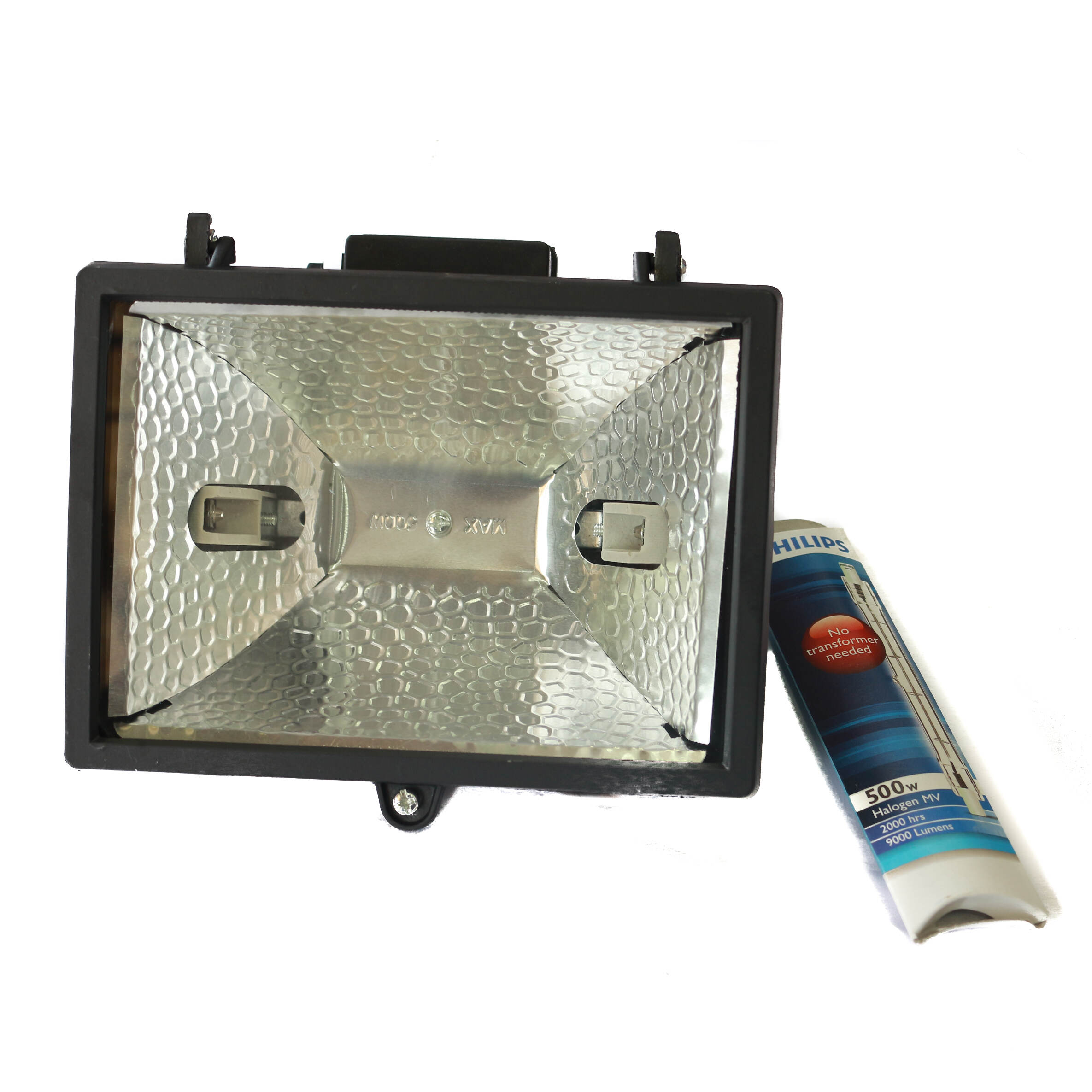

Articles
How Many Lumens Is A 500 Watt Halogen Bulb
Modified: September 2, 2024
Discover the lumens of a 500 watt halogen bulb in this informative article. Learn more about lighting options and find the right articles for your needs.
(Many of the links in this article redirect to a specific reviewed product. Your purchase of these products through affiliate links helps to generate commission for Storables.com, at no extra cost. Learn more)
Introduction
Welcome to this informative article on the topic of “How Many Lumens Is a 500-Watt Halogen Bulb?” If you have ever wondered about the brightness of a 500-watt halogen bulb and how it compares to other lighting options, you’ve come to the right place. Lumens play a crucial role in determining the brightness of a light source, and understanding the relationship between wattage and lumens can help you make informed decisions when it comes to selecting the right lighting for your needs.
Before we dive into the specifics of a 500-watt halogen bulb, let’s first gain a clear understanding of what lumens are and how they relate to the brightness of a light source.
Key Takeaways:
- Lumens, not wattage, accurately measure a bulb’s brightness. A 500-watt halogen bulb typically produces 9000-12000 lumens, but consider energy-efficient LED alternatives for similar brightness with less energy consumption and heat generation.
- Factors like bulb age, voltage fluctuations, and cleanliness can affect a halogen bulb’s lumen output. Understanding these factors can help optimize performance and lifespan while considering energy efficiency and sustainability.
Read more: How Many Lumens Is A 300 Watt Halogen Bulb
Understanding Lumens
Lumens are a unit of measurement that quantifies the amount of visible light emitted by a light source. In simple terms, it is a measure of brightness. The higher the number of lumens, the brighter the light source will appear to the human eye.
Unlike watts, which measure the amount of energy used by a light bulb, lumens provide a more accurate representation of the actual brightness of the light emitted. In the past, people often used wattage as an indicator of how bright a light bulb would be, assuming that higher wattage meant a brighter light. However, with the introduction of energy-efficient lighting solutions, such as LEDs, wattage is no longer a reliable indicator of brightness.
Switching to lumens as the primary metric for measuring brightness allows us to make more informed decisions when selecting light bulbs. It enables us to compare the brightness of different types of bulbs, regardless of their wattages. By understanding the lumen output of a light source, we can choose the appropriate lighting solution for our specific needs, whether it’s for general illumination or task-specific applications.
It’s important to note that the perception of brightness is subjective and can vary from person to person. Some individuals may prefer brighter lighting, while others may prefer a dimmer ambiance. Therefore, it’s essential to consider your personal preferences when determining the appropriate lumen level for a particular space or task.
Now that we have a basic understanding of lumens and their significance in measuring brightness, let’s delve into the world of halogen bulbs and explore their relationship with wattage and lumen output.
Overview of Halogen Bulbs
Halogen bulbs are a type of incandescent bulb that uses a tungsten filament enclosed in a halogen gas-filled capsule. They are known for their bright and intense light output, making them popular choices for various lighting applications. Halogen bulbs are commonly used in residential, commercial, and automotive lighting.
One of the main advantages of halogen bulbs is their ability to produce a high-quality, crisp, and focused light. This makes them ideal for tasks that require enhanced visibility and clarity, such as reading, working, or highlighting specific objects or areas.
Halogen bulbs are available in a range of wattages, allowing users to choose the appropriate level of brightness for their specific needs. However, it’s crucial to consider the energy efficiency of halogen bulbs, as they tend to consume more energy compared to other lighting alternatives, such as LEDs or CFLs.
In terms of lifespan, halogen bulbs typically have a shorter lifespan compared to LED bulbs. While LED bulbs can last for thousands of hours, halogen bulbs usually have a lifespan of around 2,000 to 4,000 hours. However, it’s worth noting that the actual lifespan of a halogen bulb can vary depending on factors such as usage, voltage fluctuations, and handling.
Halogen bulbs are also known for their compact size and versatility. They are available in a variety of shapes and sizes, including standard A-shape bulbs, mini candelabra bulbs, and J-type linear bulbs. This allows for easy integration into different lighting fixtures and applications.
As with any type of lighting technology, there are pros and cons to consider when using halogen bulbs. While they provide excellent light quality and are suitable for various lighting tasks, their energy consumption and shorter lifespan should be taken into account when evaluating their overall cost-effectiveness.
Now that we have a basic understanding of halogen bulbs, let’s explore the relationship between wattage and lumens to determine how many lumens a 500-watt halogen bulb produces.
Wattage vs. Lumens
Understanding the relationship between wattage and lumens is essential when it comes to selecting the right light bulb for your needs. In the past, wattage was used as a primary indicator of brightness, with the assumption that higher wattage meant a brighter light. However, with the advent of energy-efficient lighting options, like LEDs, wattage is no longer a reliable measure of brightness.
Wattage refers to the amount of power consumed by a light bulb, indicating its energy usage. It measures the rate at which a bulb converts electrical energy into light and heat. Before the introduction of energy-efficient bulbs, such as incandescent and halogen bulbs, the higher the wattage, the brighter the light output.
On the other hand, lumens measure the actual brightness or light output of a bulb. The lumen rating tells you how much visible light is emitted by the light source. Lumens provide a more accurate measurement of brightness because they take into account factors like the design, efficiency, and technology of the bulb.
With advancements in lighting technology, bulbs can now produce the same or even higher levels of brightness while consuming less energy. This means that a lower-wattage bulb can produce the same amount of lumens as a higher-wattage bulb, resulting in significant energy savings.
This shift from wattage to lumens as a measure of brightness has made it easier to compare different types of bulbs and choose the appropriate level of light output for different applications. It allows consumers to make informed decisions based on their specific lighting needs, rather than relying solely on wattage.
It’s important to note that different types of bulbs have varying levels of efficiency in converting electrical energy into light. For example, LEDs are highly efficient and can produce more lumens per watt compared to traditional incandescent or halogen bulbs. Therefore, a lower-wattage LED bulb can provide the same brightness as a higher-wattage incandescent or halogen bulb.
Now that we understand the distinction between wattage and lumens, let’s explore how many lumens a 500-watt halogen bulb produces.
A 500 watt halogen bulb typically produces around 10,000 lumens. This is significantly brighter than traditional incandescent bulbs, so be cautious when using them in enclosed spaces to avoid overheating.
How Many Lumens Does a 500 Watt Halogen Bulb Produce?
A 500-watt halogen bulb is known for its high-intensity light output. However, when it comes to determining the specific number of lumens produced by a 500-watt halogen bulb, it can vary depending on several factors.
On average, a 500-watt halogen bulb can produce around 9000 to 12000 lumens of brightness. However, it’s important to note that this is a general estimate and may not apply to all 500-watt halogen bulbs.
The lumen output of a halogen bulb is influenced by factors such as the bulb’s design, efficiency, and construction. Additionally, the age of the bulb and any voltage fluctuations can also affect its brightness output.
It’s worth mentioning that halogen bulbs tend to generate a significant amount of heat while producing light, which can impact their lumen output. As the bulb operates, the filament inside the halogen bulb gradually degrades, leading to a reduction in lumen output over time.
When considering the brightness requirements for a specific lighting application, it’s crucial to evaluate whether a 500-watt halogen bulb is the most suitable option. In many cases, alternative lighting solutions such as LED bulbs can provide the same or even higher lumen output while consuming considerably less energy.
LED bulbs are known for their energy efficiency and can produce more lumens per watt compared to halogen bulbs. This means that a lower-wattage LED bulb can provide equivalent or brighter light output compared to a higher-wattage halogen bulb.
By transitioning to LED bulbs, you can achieve the same level of brightness as a 500-watt halogen bulb with significantly lower energy consumption, longer lifespan, and decreased heat generation.
Considering the potential drawbacks of halogen bulbs, such as higher energy usage and heat output, it’s advisable to explore more energy-efficient and sustainable lighting options like LEDs when looking to achieve high light output while minimizing energy costs.
Now that we have a better understanding of how many lumens a 500-watt halogen bulb can produce, let’s compare the lumen output of different wattage halogen bulbs to gain further insight.
Read also: 13 Best 500 Watt Halogen Bulb for 2025
Comparing Lumens of Different Wattage Halogen Bulbs
Halogen bulbs are available in various wattages, each producing different levels of brightness measured in lumens. Understanding the lumen output of different wattage halogen bulbs can help you select the appropriate bulb for your lighting needs.
Here is a general comparison of the lumen output for common wattages of halogen bulbs:
- 50-watt halogen bulb: Approximately 700 to 900 lumens
- 75-watt halogen bulb: Approximately 1100 to 1300 lumens
- 100-watt halogen bulb: Approximately 1600 to 1800 lumens
- 150-watt halogen bulb: Approximately 2600 to 2800 lumens
- 200-watt halogen bulb: Approximately 3400 to 3800 lumens
Keep in mind that these lumen ranges are estimates and can vary slightly depending on the specific bulb manufacturer and design. It’s always recommended to check the packaging or specifications provided by the manufacturer for precise lumen information.
Comparing the lumen output of different wattage halogen bulbs allows you to identify your desired level of brightness while considering energy consumption. For example, a 150-watt halogen bulb can provide a significantly higher lumen output compared to a 75-watt halogen bulb, but it will also consume more energy.
It’s essential to strike a balance between the desired brightness level and energy efficiency when choosing a halogen bulb. High-wattage bulbs may offer more brightness, but they will also drive up your energy costs and generate more heat. If energy efficiency is a priority, consider lower-wattage halogen bulbs or explore alternative lighting options like LEDs.
LED bulbs, for instance, can provide comparable or even higher lumen output than halogen bulbs while consuming significantly less energy. A lower-wattage LED bulb can often produce the same brightness as a higher-wattage halogen bulb, making LEDs an energy-efficient alternative.
By understanding the relationship between wattage and lumen output and comparing different wattages of halogen bulbs, you can make an informed decision on the right bulb for your lighting requirements.
Now let’s explore some of the factors that can affect the lumen output of halogen bulbs.
Factors Affecting Halogen Bulb’s Lumen Output
The lumen output of a halogen bulb can be influenced by various factors, which can impact its overall brightness and performance. Understanding these factors can help you make informed decisions when selecting and using halogen bulbs.
1. Bulb Design: The design of the halogen bulb can impact its lumen output. Factors such as the shape, size, and construction of the bulb can affect how effectively the light is emitted. Different bulb designs may have variations in lumen output even if they have the same wattage.
2. Bulb Age: As halogen bulbs age and are used, their lumen output can gradually decrease over time. This is due to the gradual degradation of the tungsten filament inside the bulb. Therefore, the lumen output of an older halogen bulb may be lower compared to a new bulb of the same wattage.
3. Voltage Fluctuations: Halogen bulbs are sensitive to voltage fluctuations. Variations in the electrical current supplied to the bulb can affect its performance, including lumen output. It’s essential to ensure that your electrical system provides a stable and consistent voltage to maximize the brightness of halogen bulbs.
4. Operating Conditions: The operating conditions of a halogen bulb can also impact its lumen output. In particular, high temperatures can affect the bulb’s performance. Halogen bulbs operate at high temperatures, and if they are exposed to excessive heat, such as being placed near sources of heat or in enclosed fixtures without proper ventilation, the lumen output may be reduced.
5. Cleanliness: The cleanliness of the halogen bulb’s surface can also affect the lumen output. Dust and dirt accumulation on the bulb’s surface can reduce the amount of light transmitted, resulting in a decrease in brightness. Regularly cleaning the bulb can help maintain its lumen output and ensure optimal performance.
It’s important to consider these factors when using halogen bulbs and assessing their lumen output. By maintaining proper operating conditions, avoiding voltage fluctuations, and keeping the bulbs clean, you can maximize their brightness and overall performance.
However, it’s worth noting that despite these factors, halogen bulbs are generally known for their high-intensity light output. If you require high levels of brightness and crisp lighting, halogen bulbs can be a suitable choice.
Finally, let’s conclude our discussion on halogen bulbs and their lumen output.
Conclusion
In conclusion, understanding the relationship between wattage and lumens is crucial when it comes to selecting the right lighting solution for your needs. While wattage was traditionally used as a measure of brightness, lumens provide a more accurate representation and allow for easier comparisons between different types of bulbs.
When it comes to halogen bulbs, their lumen output can vary depending on factors such as the bulb’s design, age, voltage fluctuations, operating conditions, and cleanliness. A 500-watt halogen bulb can produce an estimated brightness of around 9000 to 12000 lumens, although individual bulbs may vary.
Comparing the lumen output of different wattage halogen bulbs, it’s clear that higher wattage generally results in a higher lumen output. However, it’s important to consider the energy efficiency and heat generation associated with higher-wattage bulbs. Lower-wattage options or alternative lighting technologies like LEDs can offer comparable lumen output while consuming less energy and producing less heat.
Factors such as bulb age, voltage fluctuations, and operating conditions can impact the lumen output of halogen bulbs. Ensuring stable voltage, maintaining cleanliness, and using appropriate fixtures can help optimize their performance and prolong their lifespan.
In summary, while halogen bulbs have been popular for their bright and focused light output, it’s essential to consider factors such as energy efficiency, heat generation, and the availability of more sustainable lighting options like LEDs. Making informed decisions about lumen output, wattage, and the specific requirements of your lighting needs will help you find the best lighting solution.
Ultimately, striking the right balance between brightness, energy efficiency, and cost-effectiveness will ensure that you create the perfect ambiance for any space while minimizing environmental impact.
Thank you for joining us in this exploration of lumens and the lumen output of halogen bulbs. We hope this article has provided you with valuable insights to make informed decisions about your lighting choices.
Frequently Asked Questions about How Many Lumens Is A 500 Watt Halogen Bulb
Was this page helpful?
At Storables.com, we guarantee accurate and reliable information. Our content, validated by Expert Board Contributors, is crafted following stringent Editorial Policies. We're committed to providing you with well-researched, expert-backed insights for all your informational needs.
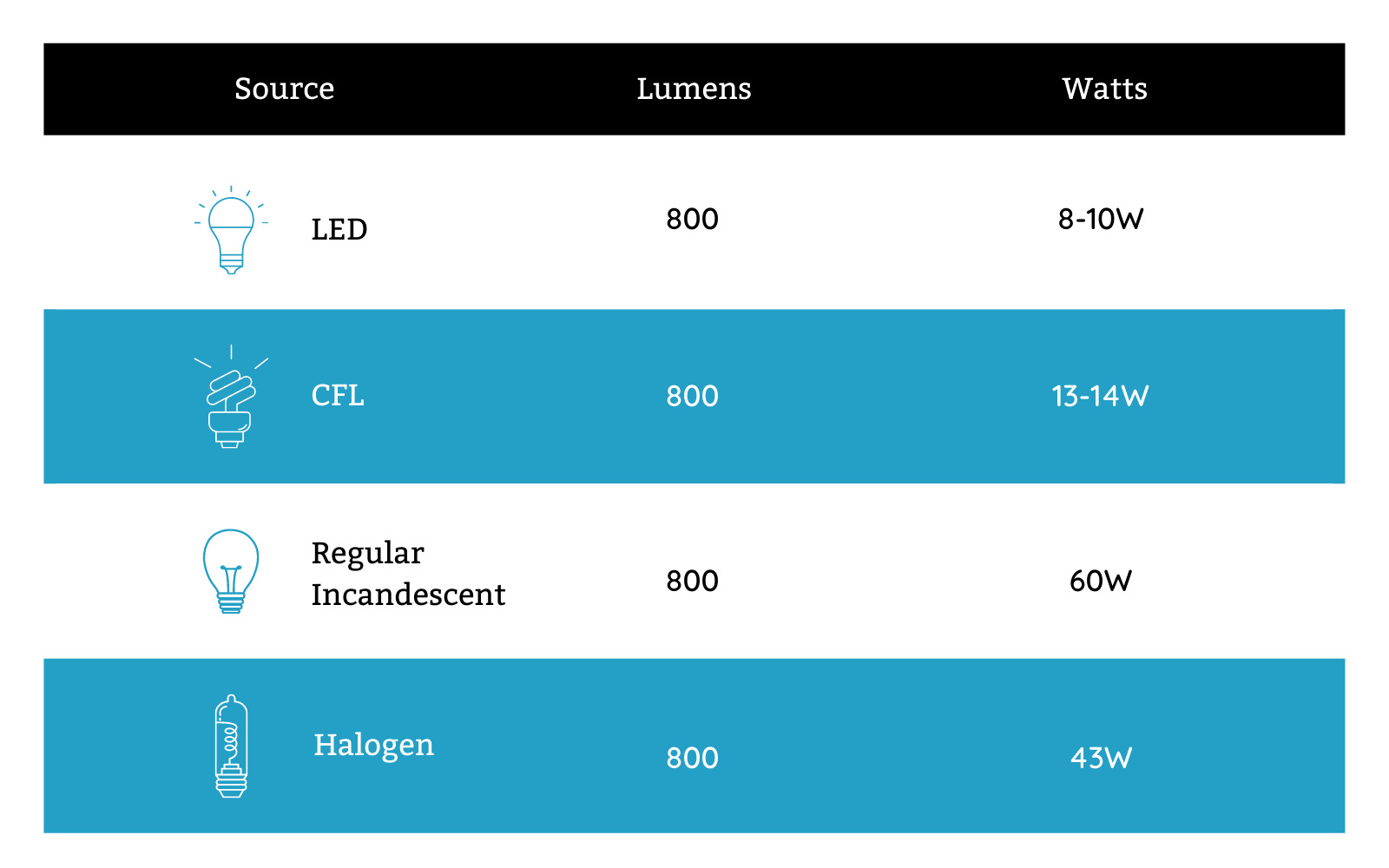
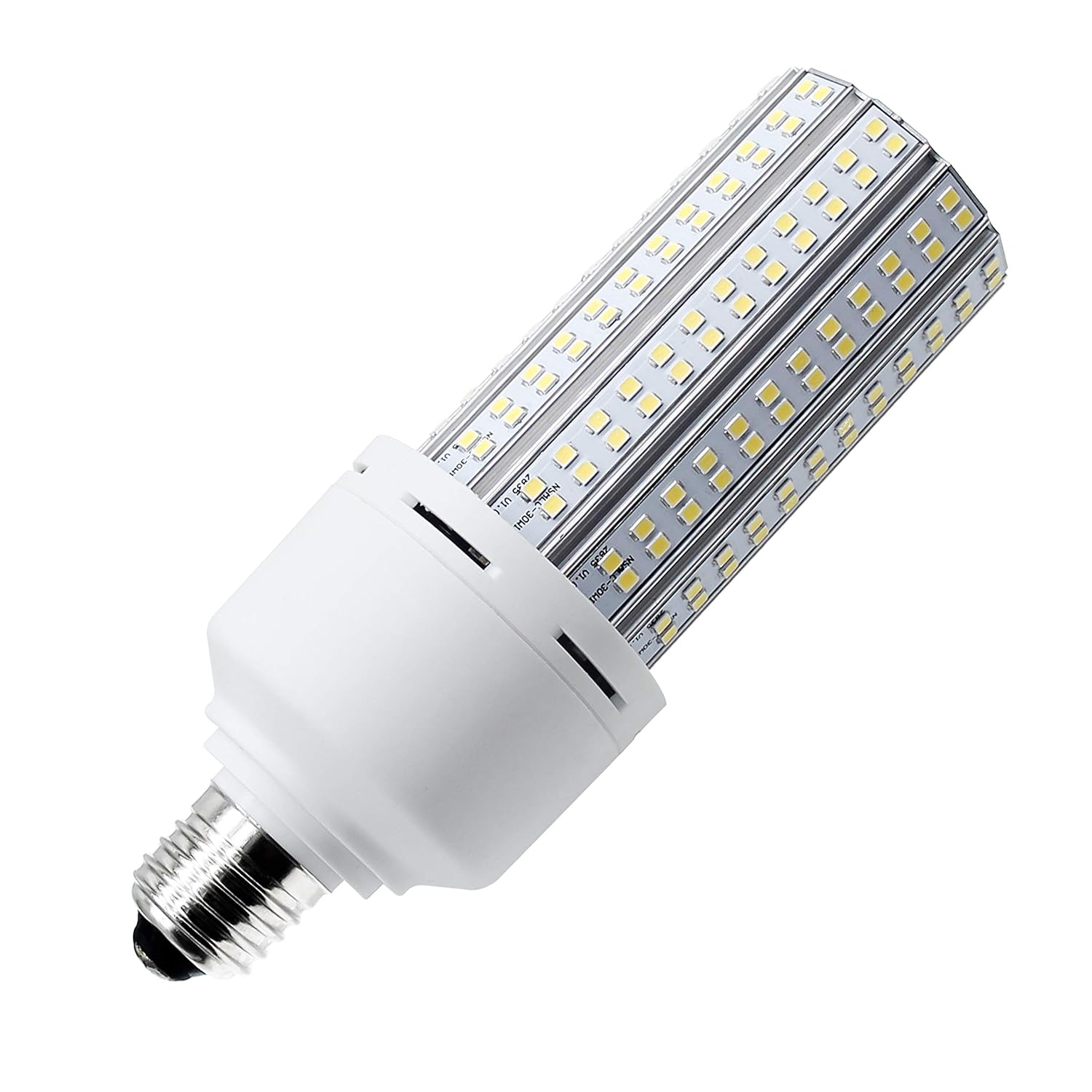

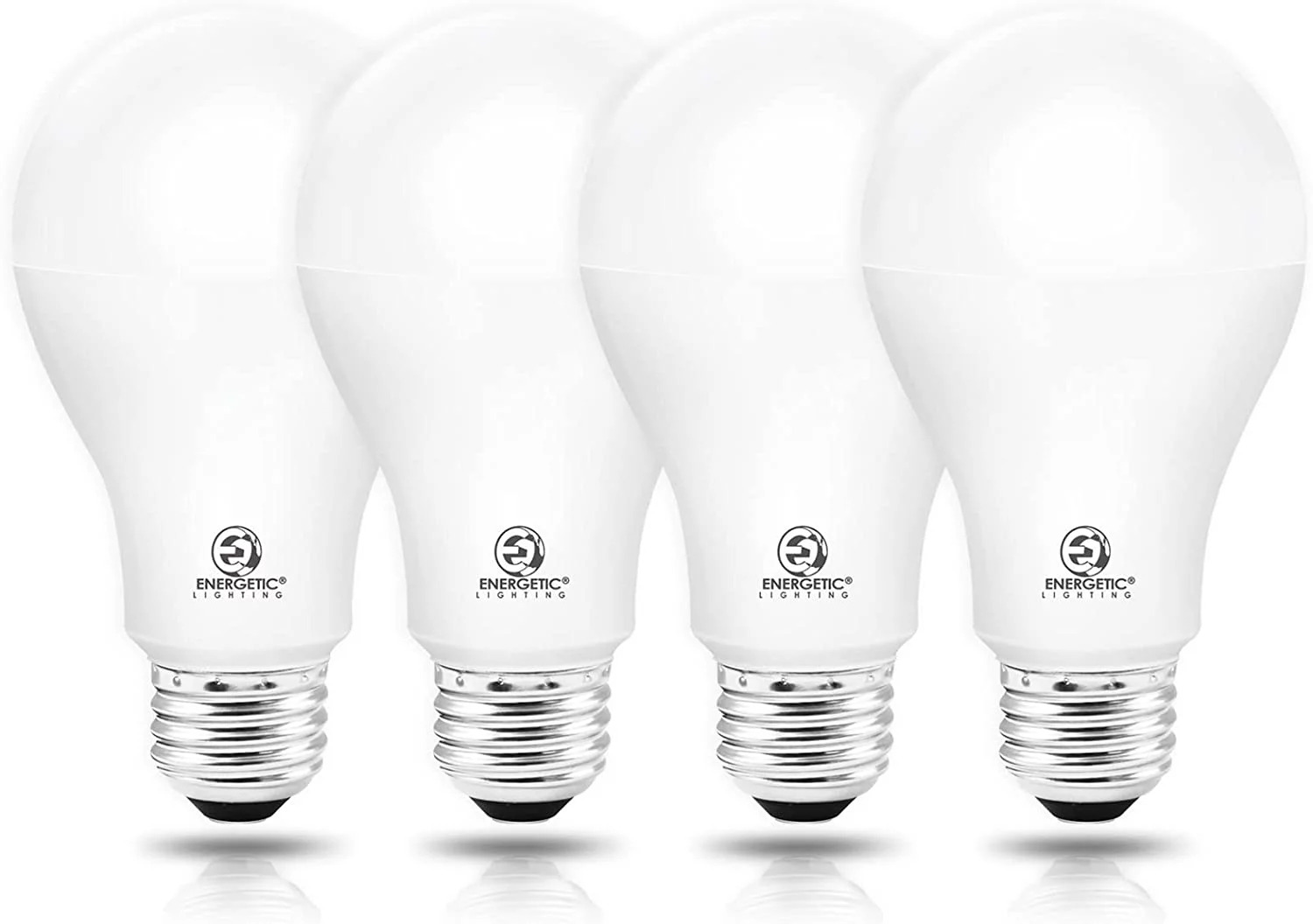
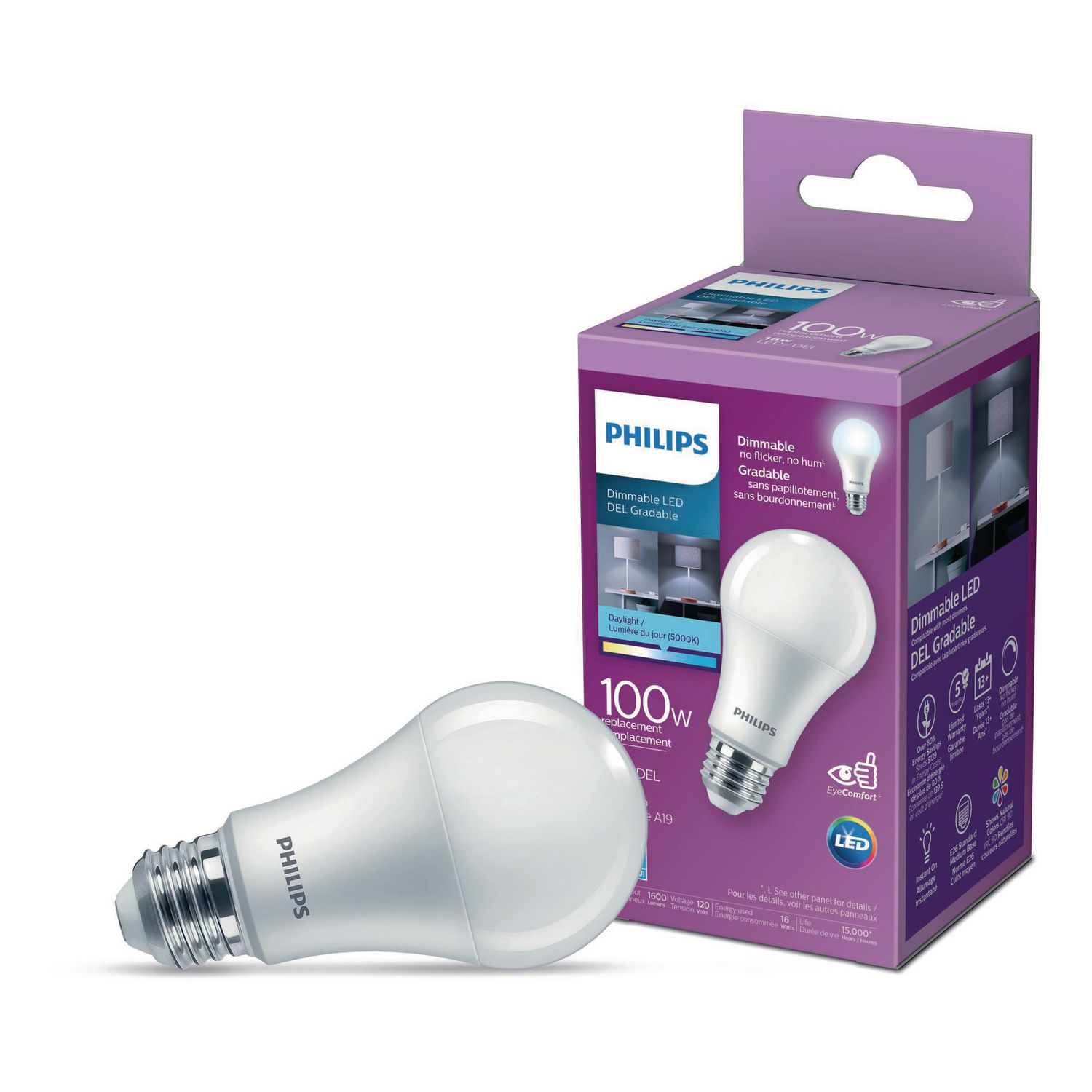
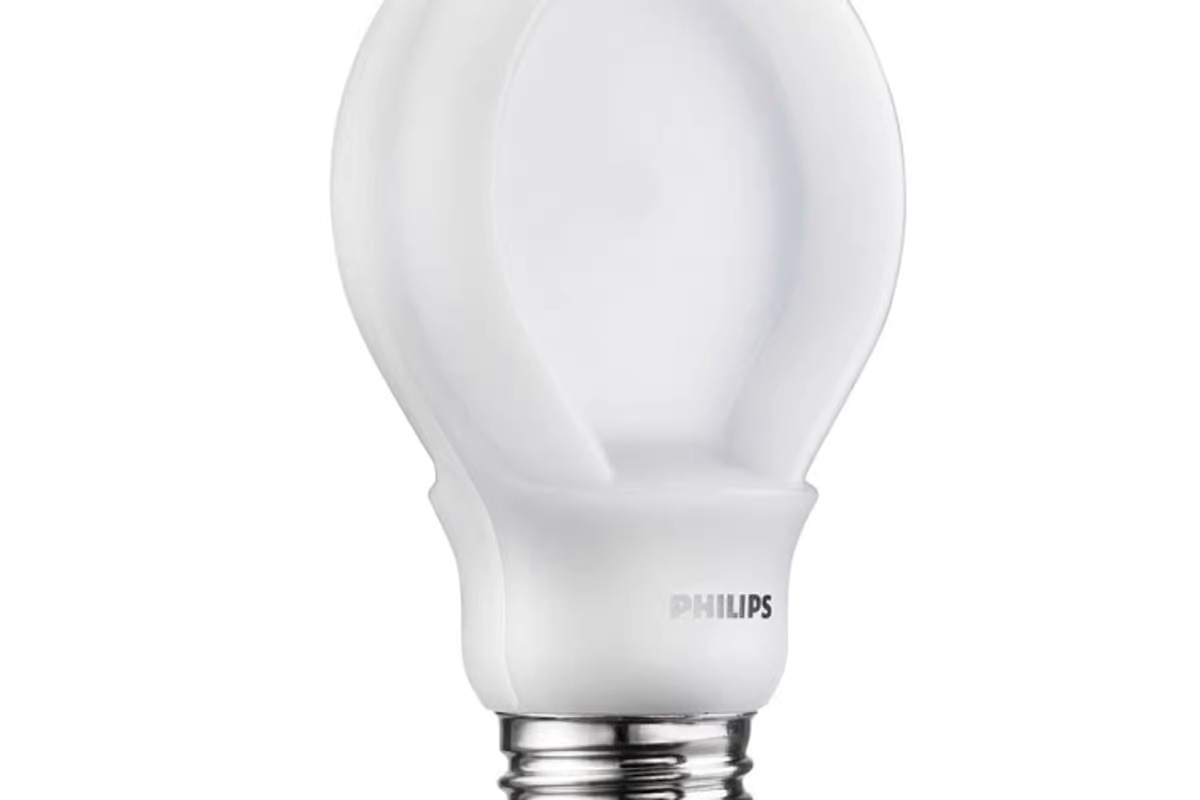
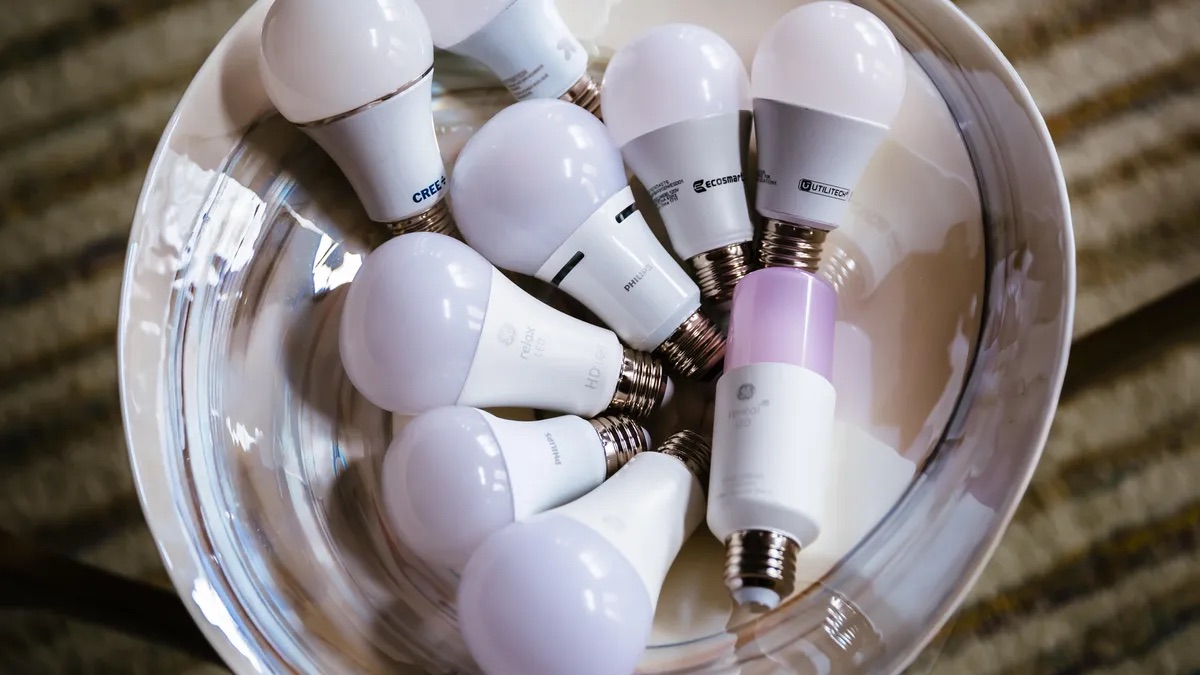
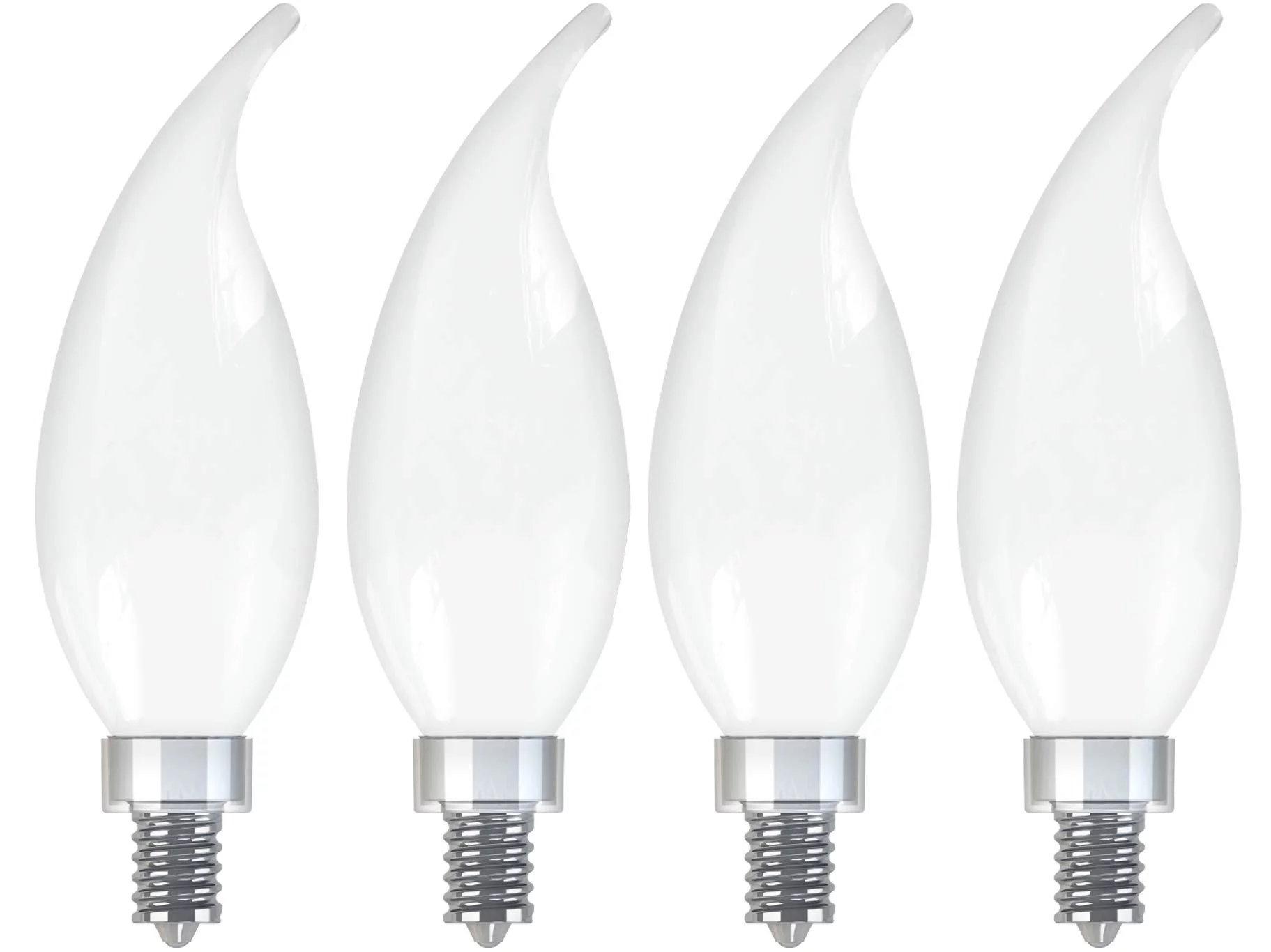
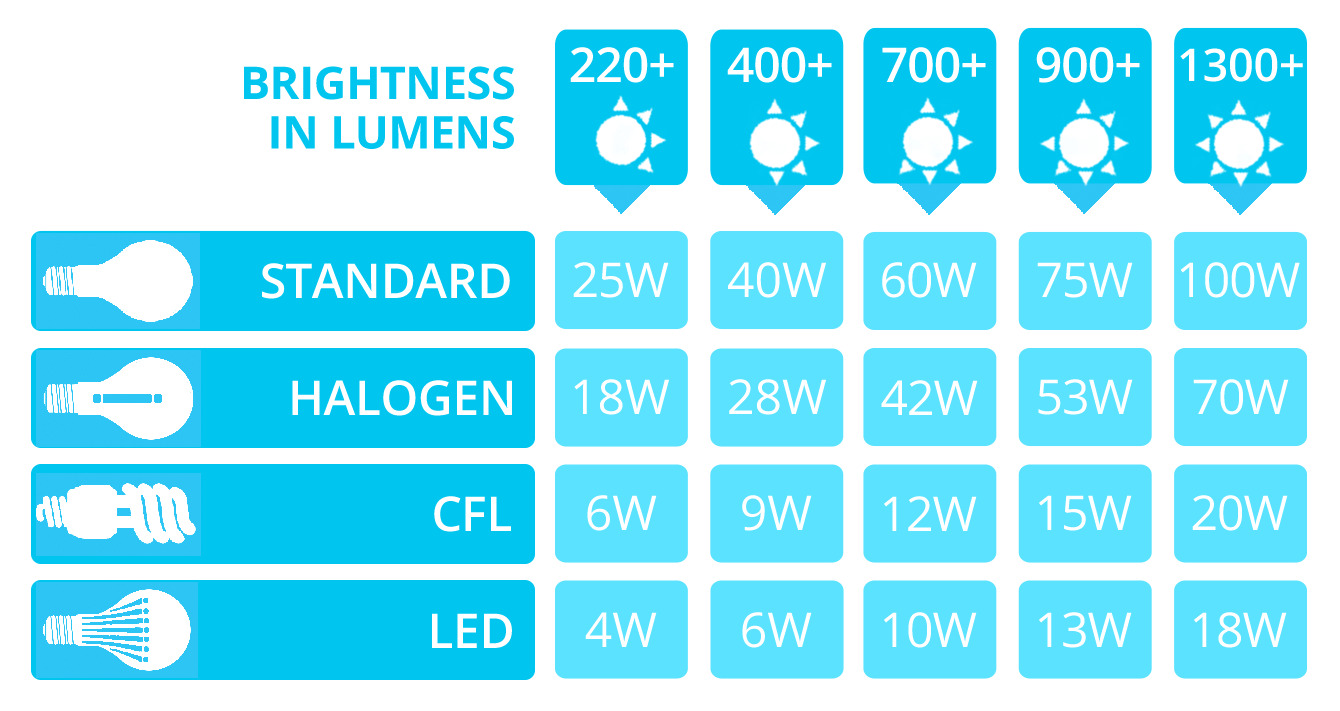
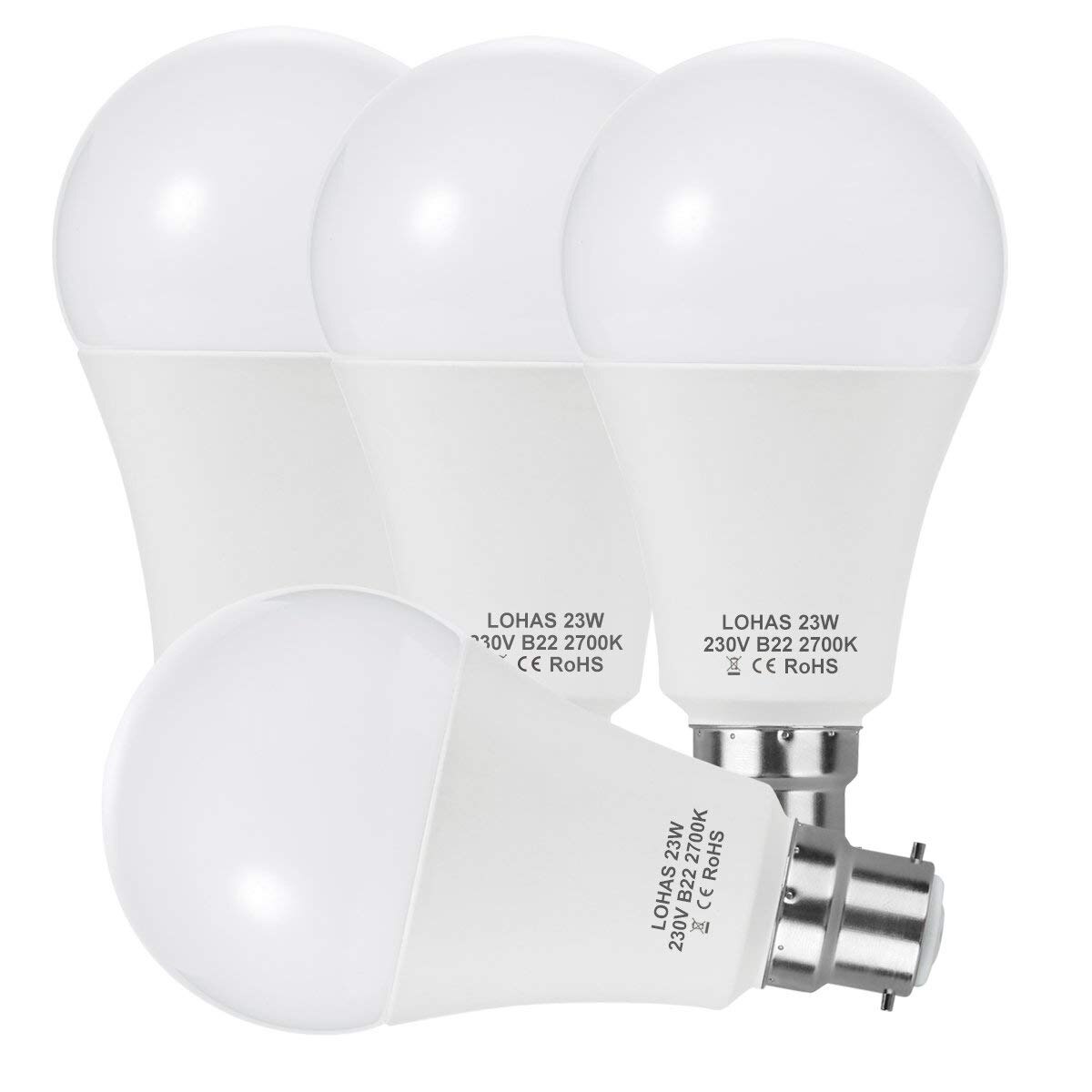
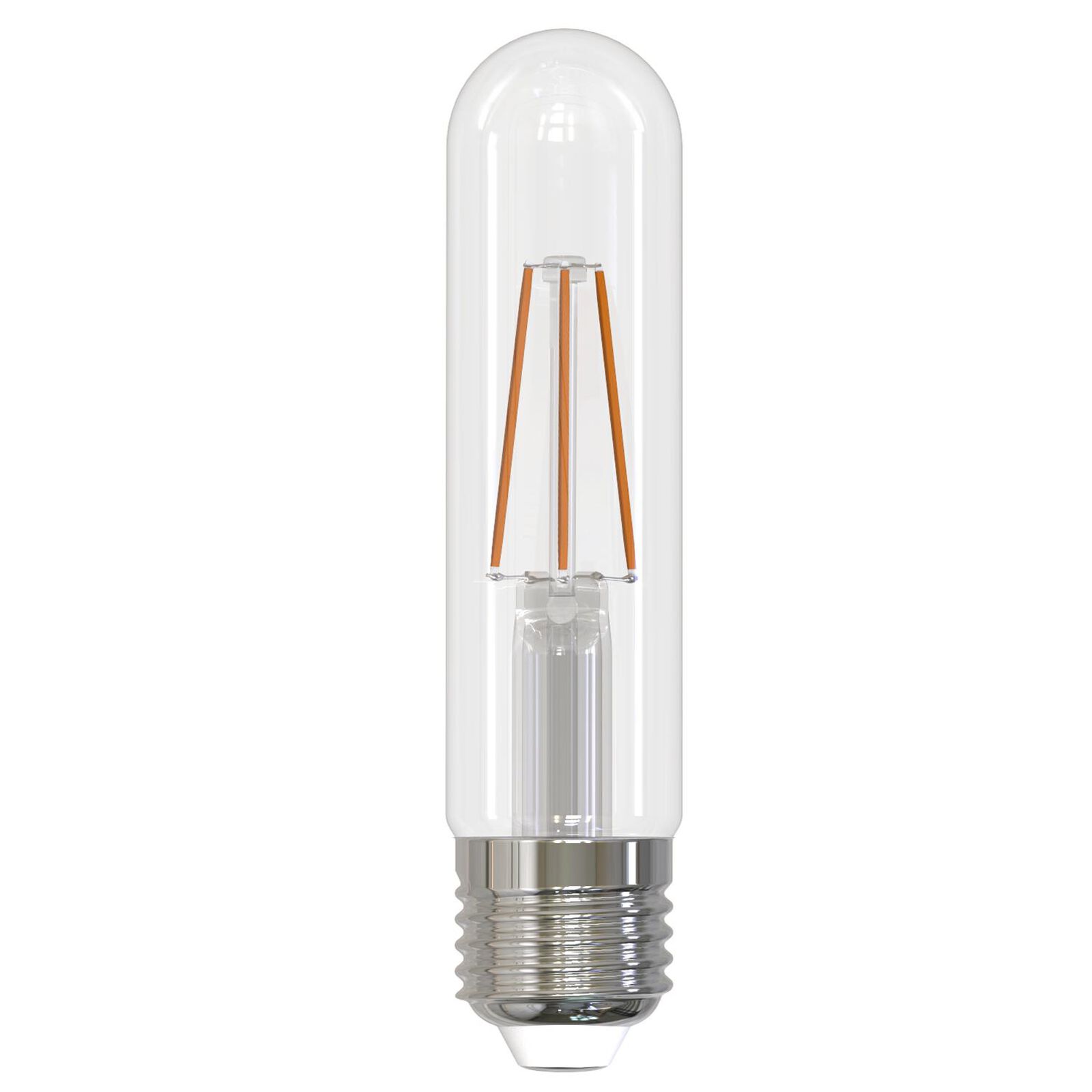
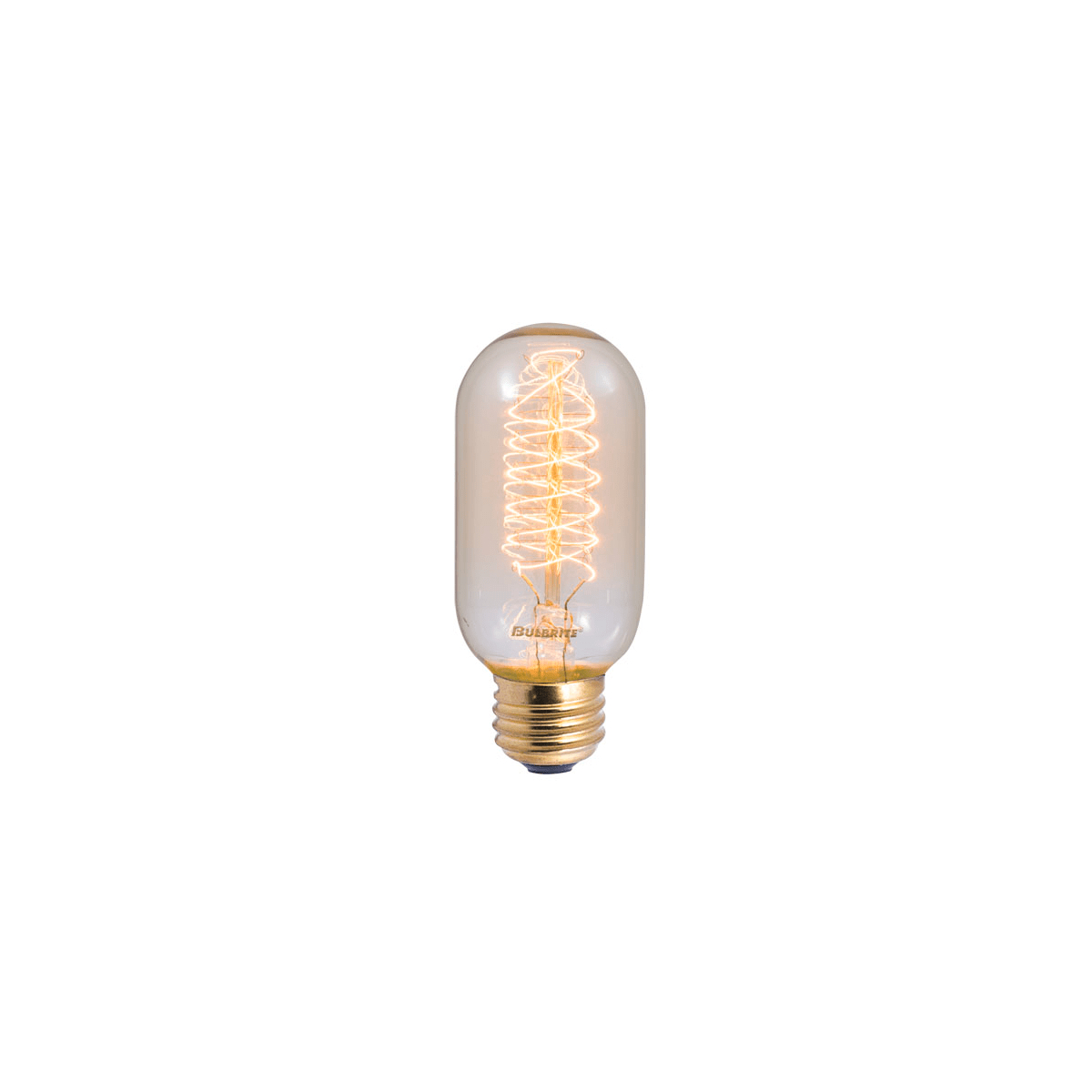
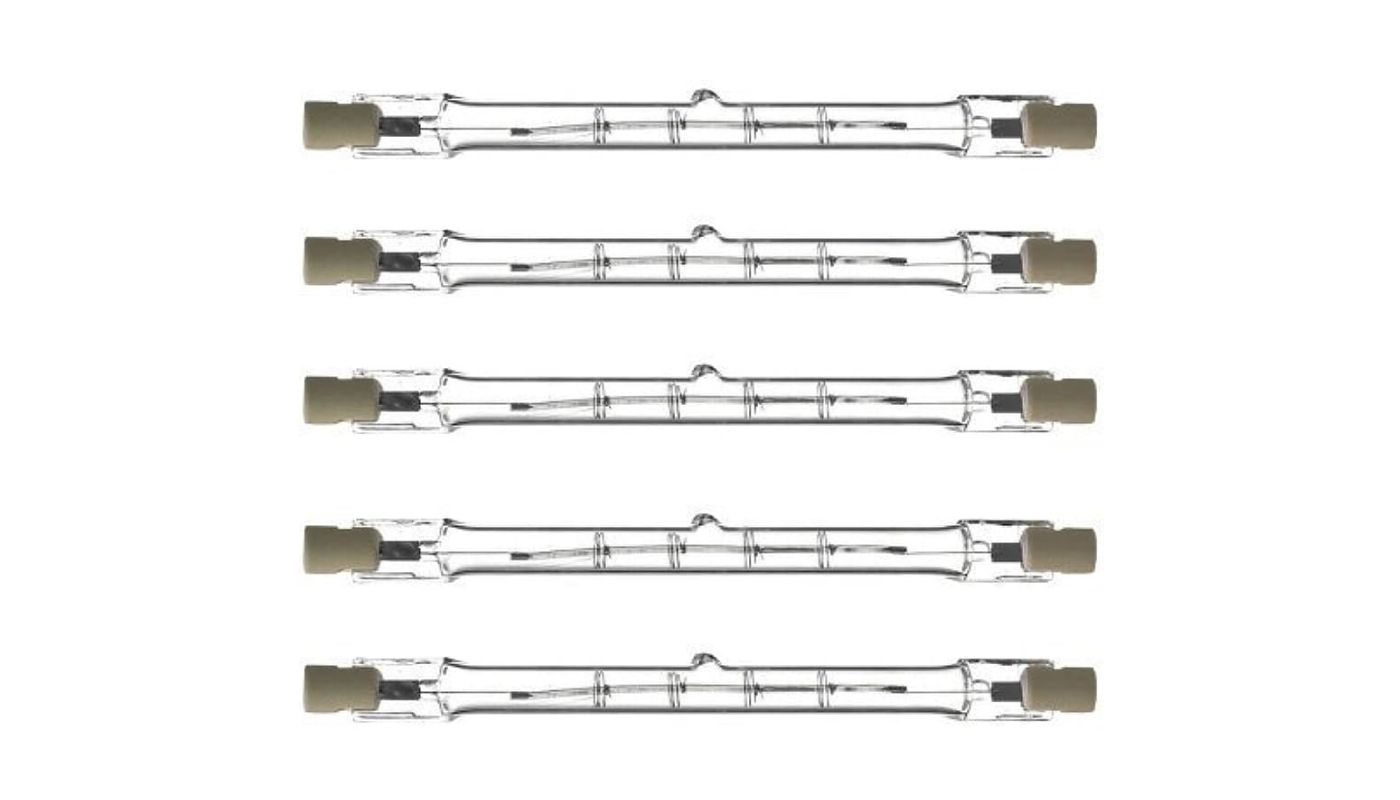


0 thoughts on “How Many Lumens Is A 500 Watt Halogen Bulb”